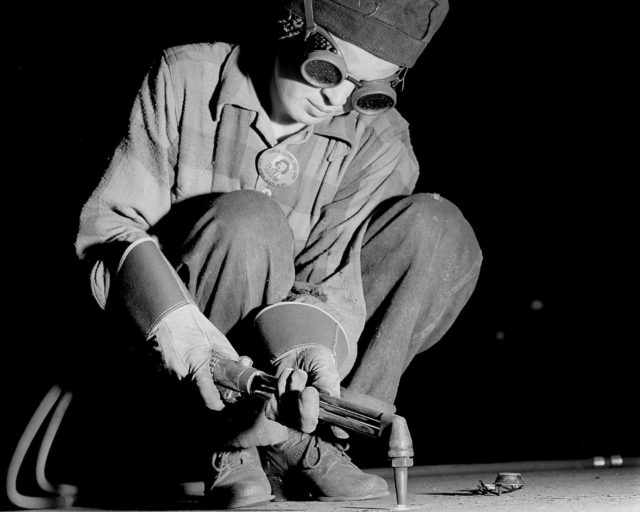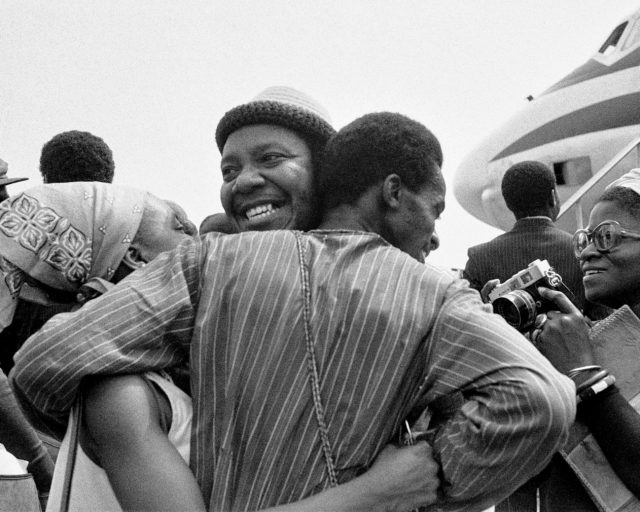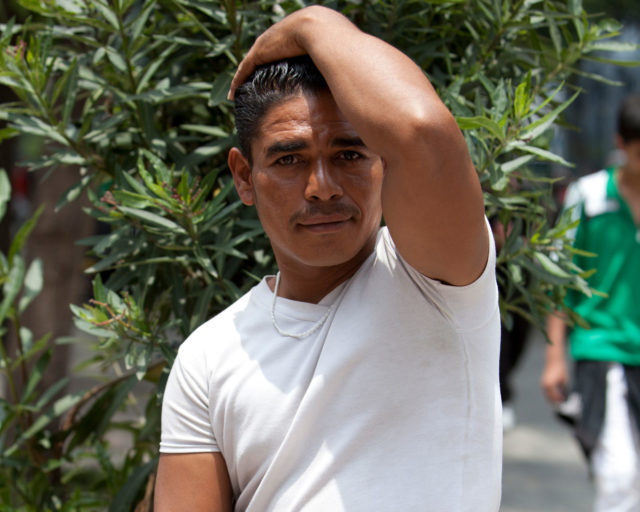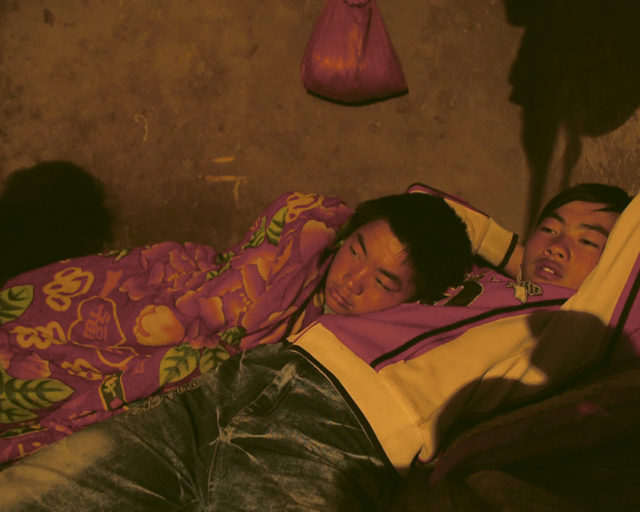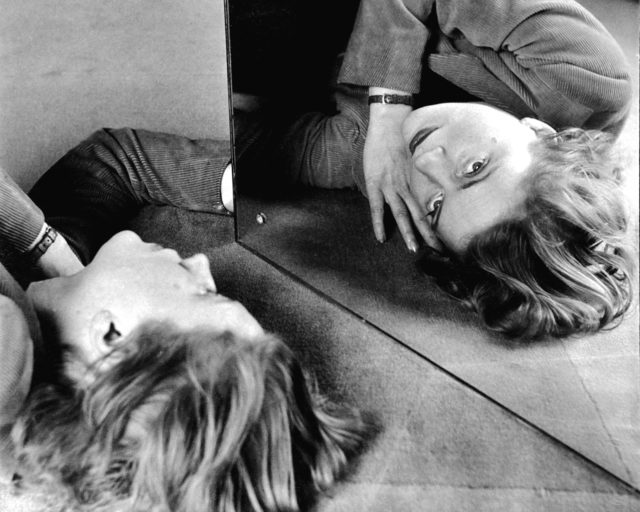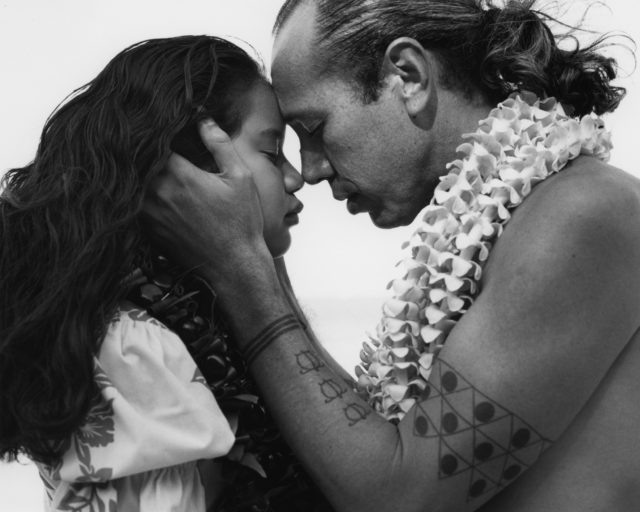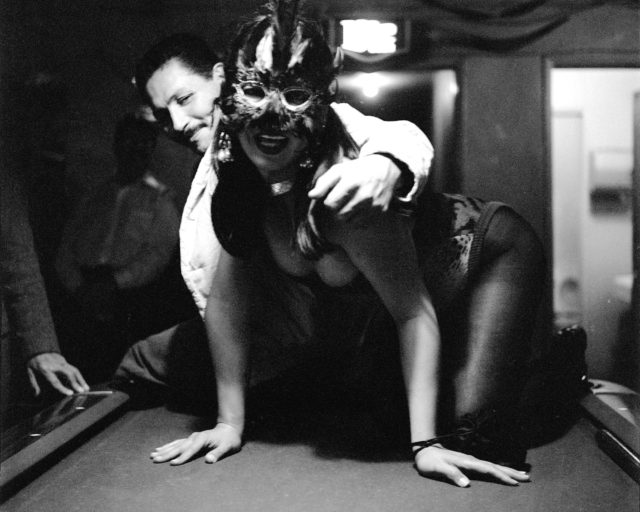Essays
Latest Stories
Get Aperture Magazine
Aperture Magazine
Aperture No. 258
Aperture presents “Photography & Painting,” featuring artists from around the world who draw inspiration from both mediums in their work, illuminating how the dialogue between camera and canvas continues to unfold today in fascinating, unexpected ways.
Advertisement
Advertisement
Advertisement










